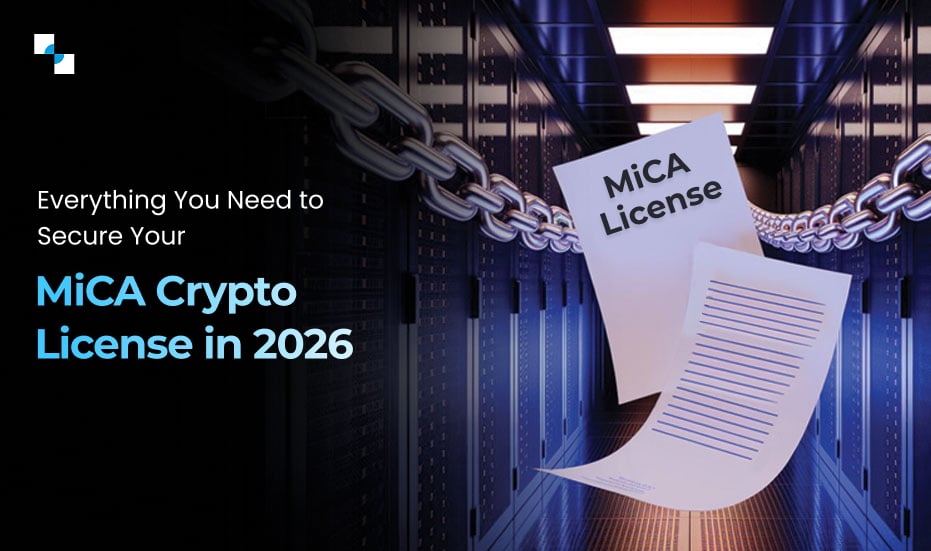Blockchain technology has the potential to revolutionize various sectors such as healthcare, banking, finance, sports, music, etc. After being originally proposed as a public, decentralized, and secure ledger for digital currencies, it has gained widespread adoption in many fields.
In the current scenario, blockchain is exhibiting a level of security and versatility that has led to various sectors of business and government using blockchain. Be it artists or gamers, technology has created a lot of investment opportunities for people from diverse industry verticals.
If you are planning to create your own Blockchain from scratch, then this blog post is for you. In this blog, we will give you a detailed explanation of ‘How to create your own Blockchain from scratch.’
Step-by-step procedure to create your own Blockchain
Below-listed are some noteworthy steps you must follow to create your own Blockchain from scratch:
Step 1: Select the Right Use-Case
Before starting with Blockchain development, it’s crucial to understand whether it will add some value to your business or not. The Blockchain technology is used primarily in the following sectors:
- Healthcare: Records patient’s data securely
- Finance: Eliminates intermediaries, enhances transaction processing speed, and manages money laundering risks.
- Supply chain: Tracks product information from sellers to customers
- Cyber security: Prevents DDOS attacks
- Real Estate: Maintains authenticity of land ownership certificates
- Banking: Promotes quick cross-border transactions.
Step 2: Choose the consensus mechanism
After selecting an appropriate use case, the next step in creating a Blockchain is to choose a consensus mechanism. There are many consensus mechanisms available online such as Proof-of-Work, Byzantine fault-tolerant, Proof of Stake, Federated Byzantine Agreement, Proof of Elapsed Time, Redundant Byzantine Fault Tolerance, Robin Round, Simplified Byzantine Fault Tolerance, Federated Consensus, and more. Most of the consensus mechanisms require powerful hardware and a lot of energy to run successfully. It’s necessary to choose the one that best suits your business requirements.
Step 3: Identify an appropriate approach
You can create your own blockchain either from the beginning or by forking the existing blockchain platforms such as Ethereum, Cords, Hyperledger Fabric, EOS, and more. Building a Blockchain from scratch could be challenging and time-consuming as it requires a lot of effort. Thus, it is recommended to choose a Blockchain platform as per your budget and business requirements.
Step 4: Design the nodes
Once you’re done with identifying the right use case, consensus mechanism, and the appropriate approach, the next step is to design nodes for your Blockchain. You may choose from either a permission network or a permissionless network. Businesses that don’t prefer to share their vital information select a permission network whereas those who want to share information with the public must choose a permissionless network. After making a decision on the network, you must come up with hardware requirements such as memory, processors, and disk size for each node. With hardware requirements selected, you must select the operating system for your nodes. You can go with Windows or select free Linux operating systems such as CentOS, Fedora, Debian, or Ubuntu.
Step 5: Create the Blockchain instance
The Blockchain instance will be created on the basis of the Blockchain platform you choose. Before starting with the instance creation, you must consider various aspects of the Blockchain instance like permissions, asset issuance, asset re-issuance, key management, native assets, atomic exchange, block signatures, key formats, and many more.
Step 6: Manage the Application Programming Interface
After creating the Blockchain instance, it’s time to manage the APIs. You will need APIs to perform audit-related functions, generate key pairs and addresses, store data, authenticate data using hashes and digital signatures, manage the smart-asset lifecycle, and more.
Step 7: Design the user interface
With the backend setup, the next and the last step of the process to create your own blockchain is to design the user interface for the admin and users. You can use the front-end programming languages such as HTML, CSS, C#, PHP, JavsScript, for creating an appealing and eye-catchy user interface.
Conclusion
Blockchain technology has been the talk of the town since its inception. Considering its use-cases in various sectors, entrepreneurs from diverse industry verticals have started investing in the technology. Though we’ve explained the step-by-step procedure of Blockchain creation in this blog post, budding entrepreneurs may find it difficult to create one. In such a situation, it is recommended to get in touch with a renowned Blockchain development company.
At Antier Solutions, we have more than 350 experts who work dedicatedly to provide the best Blockchain development services. Whether you want to create your own blockchain from scratch or fork an existing blockchain, we effectively cater to your needs with business-oriented services.
Connect with our subject matter experts to share your business needs.







